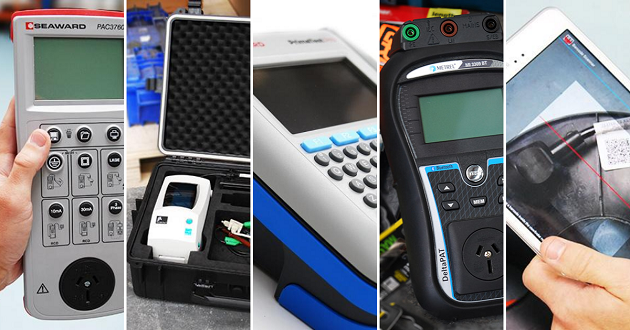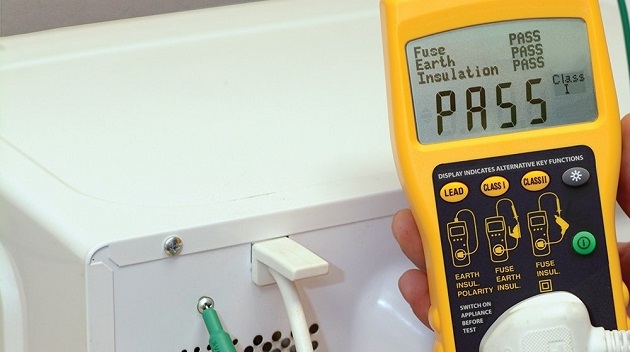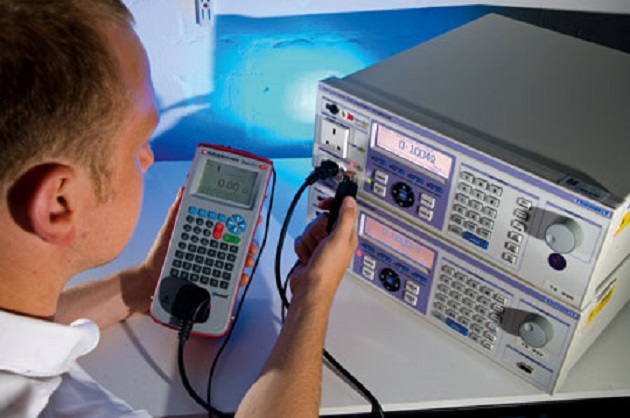A lot of our household appliances rely on electricity. Appliances are what make our lives more convenient, and in order for them to last we need to take care of them just like they care for us every day. This is where a PAT or portable appliance tester is used to check whether or not an appliance is safe to be used. This way, you ensure all your appliances are working correctly and that you and your family aren’t at risk of electrocution or fire.
Electricity can be a dangerous force if its flow is not controlled by safety protocols and measurements, and PAT testers help ensure that. A PAT tester can be an entry-level device or one that comes with the most advanced features and modes which makes them not only bigger but also heavier than their simpler counterparts. Just like other basic testing equipment, understanding a PAT testing device requires you to get to know its fundamentals first. Like what exactly does PAT testing entail?

Source: portableappliancetesters.com.au
PAT Testing Explained
What is a PAT Test?
Simply put, a PAT test is comprised of a series of inspections done at a regular interval to ensure that any electrical equipment or appliance is working properly. A properly calibrated PAT testing machine performs the regular informal checks, while the user makes a visual inspection of both the appliances and the tester too.
Why is a PAT Test Needed?
As you probably know, a PAT test is needed to keep things safe in your household or office space. Wherever you are, if you have even one appliance that relies on electricity, it’s wise to perform a PAT test from time to time. While this test isn’t legally required, you’re better off having it done since it can save you a lot of money in the long run and potentially your life too.

Source: martindale-electric.co.uk
How to Use a PAT Tester
Preparation
Using a PAT testing device requires you to first prepare yourself and the device. First, make sure to inspect the device visually, as well as the equipment or appliances you’re going to be testing. If you can’t seem to find any visual defects, ask anyone else that has been using the appliance or equipment about any. If no damage or defects are found, then proceed by testing safety switches first.
Safety Switches
- To test safety switches, you’ll need an additional device called a residual current device. Use it together with the PAT tester to get the half delta range. Next, perform a current test that is the same as the projected tripping current.
- With that done, you’ll need to use the PAT tester to record a detailed report that is going to show the type of appliance/equipment, name, location, a thorough explanation and the updated situation. If any result fails the test, then you have found the cause or reason why the appliance is not safe to use.
Earthing Continuity
- You should also carry out an earthing continuity test, which is a process where the shielding of the equipment or appliances needs to be tested to whether it’s resistant to the earth circuit. The results of this test shouldn’t exceed 1 Ω (ohm). Depending on the circumstances, your tester will offer different testing options. Carry these test out by referring to the owner’s manual.
Insulation Resistance
- You should also perform a current leakage test which is used to implement the simple cottage to the live appliances and equipment. This will show you if the appliance is using all the voltage sent to it or if there is a loss of voltage.
- A PAT testing machine can be used in conjunction with an ohmmeter here to better detect the current leakage (if any). Current leakage will not only show up in the form of lower nominal voltage but you will also notice that the appliance or equipment isn’t working at its best.

Source: seaward.com
How to Calibrate a PAT Tester
Just like you would bring in your vehicle for a regular car service, you should do the same with your PAT tester. Calibration is basically the regular service a PAT needs in order to work properly and take measurements at its highest accuracy levels without fail. While some basic testing devices can be calibrated by the user, a PAT testing device does not fall in this category. You need to take your PAT tester in for calibration about every 12 months.
Calibrating the device is done by a company that complies with the AS/NZS 3760 standards. If you were to avoid calibrating your tester, you could end up with a severely dangerous device. Why? Because every time you perform any kind of test, you will end up with the wrong results. Even if there is no voltage leak or any other issue, you’ll still put yourself and the people using the appliance or equipment you’re testing at great risk.


